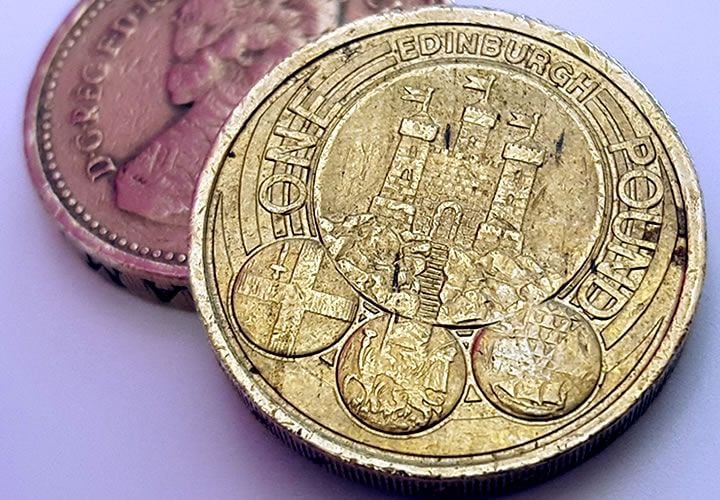Pound Headed to 1.18 Vs Euro as Bank of England Picks Up the Pace say Capital Economics
- Written by: James Skinner

Political risks becomes more balanced in 2018 while the Bank of England's northward march could provide the Pound with an edge over its continental neighbour.
The Pound Sterling could be set for substantial gains over the Euro in 2018, according to forecasters at Capital Economics, as the interest rate policies of Europe’s central banks reassert their influence over exchange rates.
This call comes at a time when central banks on both sides of the English Channel are stealing themselves for action in the quarters ahead, with the European Central Bank sounding an upbeat tone on the Eurozone economy Thursday and the Bank of England also noting a better than previously expected performance from the UK economy.
But recent years have seen the relationship between Europe’s two main currencies and interest rate differentials break down, to the extent where the gap between relative Sterling and Euro interest rates is no longer accounted for by the Pound-to-Euro price.
“Since the start of 2016, euro/sterling has fallen from €1.36/£ to €1.14/£ even though the gap between 2-year Overnight Index Swap rates in the UK and euro-zone has barely shrunk, says John Higgins, a markets economist at Capital Economics.
The Brexit referendum of 2016 sent the Pound spiralling against the Euro and other major currencies as interest rate and foreign exchange markets began to mark down the future prospects of the UK economy.
Sterling is still some 16% below the level it was at in May 2016, relative to the Euro, before campaigning in the Brexit referendum began.
Above: Pound-to-Euro rate shown at weekly intervals.
“This was a far bigger drop than the one implied by the shift in relative interest rate expectations, reflecting the additional hope of more unconventional easing from the BoE,” says Higgins.
Other factors beyond Brexit have been an influence on the exchange rate in this time including a continued strengthening of the Eurozone recovery, which now has the ECB contemplating an exit from quantitative easing.
The European Central Bank upgraded its forecasts for Eurozone economic growth Thursday, suggesting the economy could grow by 2.4% in the current year and by 2.3% in the 2018 year.
Divergence in domestic politics has also been at play, with elections in the Netherlands and France helping to reduce perceptions of political risk while, in the UK, outcomes at the ballot box have remained a source of uncertainty for the Pound.
“The economy may not fare much better in the eurozone than in the UK in 2018 and political risk in the region has not disappeared either. In our view, a bigger threat than the outcome of coalition talks in Germany is the next general election in Italy, which looks as if it will be held on 4th March,” flags Higgins.
Brexit negotiations will remain a source of volatility for the Pound-to-Euro rate, given they are expected to conclude with a trade and transition agreement in late 2018. This leaves political risk as a two-way street in the year ahead, albeit with challenges in the UK and Europe occuring at opposite ends of the year.
This balance of risk is likely to mean differences in monetary policy regain their influence over the Pound and Euro in the year ahead, according to Higgins.
As things stand on that front, while the ECB considers an exit from quantitative easing, the Bank of England has already raised interest rates for the first time in a decade. Expectations are that the BoE could raise interest rates again before too long.
“With this in mind, we expect the BoE to tighten by more than investors are anticipating in 2018, but agree with them that the ECB won’t raise rates until 2019. This feeds into our forecast that euro/sterling will rebound to €1.18/£ next year,” says Higgins.
The Pound-to-Euro rate was quoted at 1.1406 ahead of the London open Friday morning. It is down 2.79% for the 2017 year to date.
Get up to 5% more foreign exchange by using a specialist provider by getting closer to the real market rate and avoid the gaping spreads charged by your bank for international payments. Learn more here.




